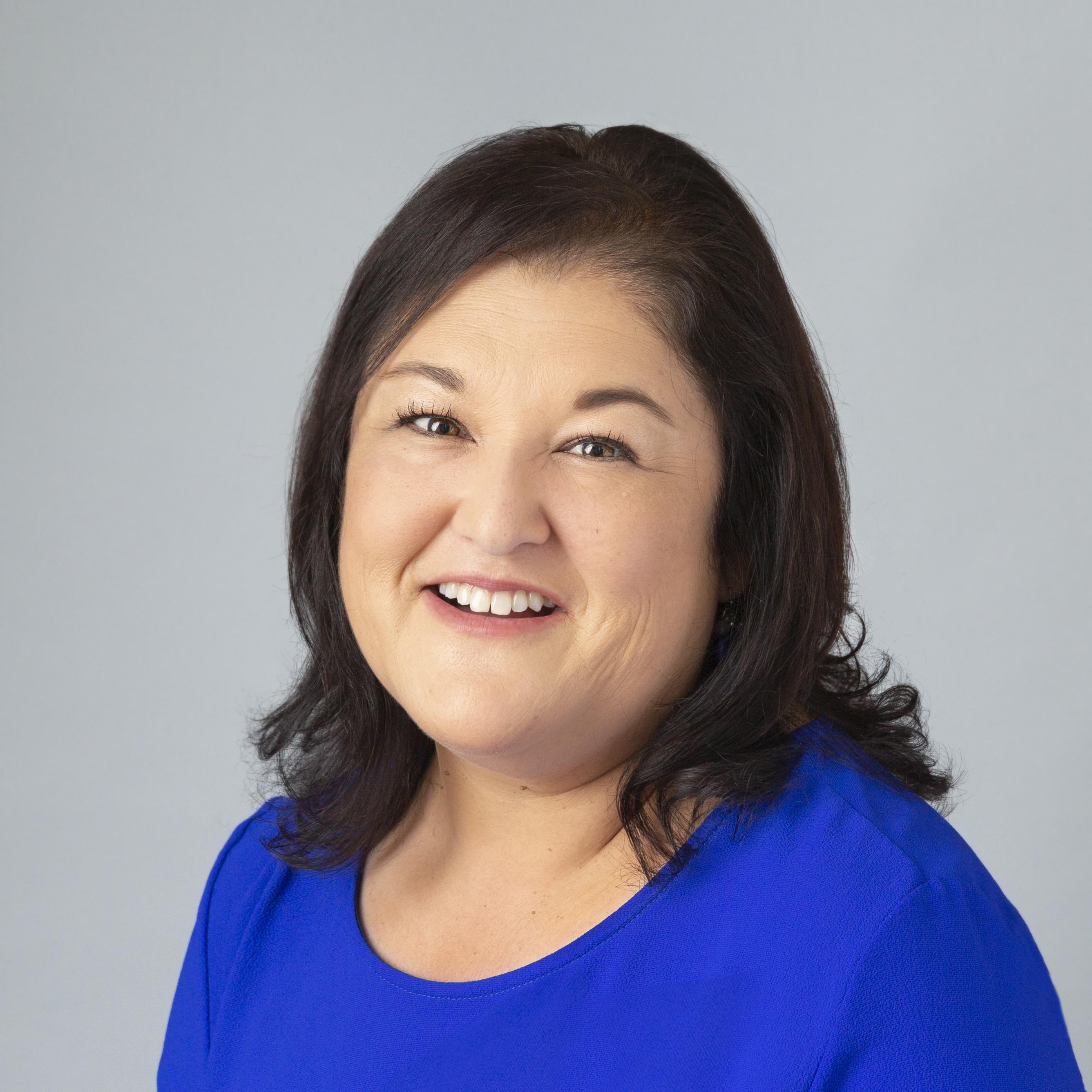Most of Principal Irene Hightower’s students at Hancock Elementary School in San Diego come out of Murphy Canyon, one of the largest military housing areas in the United States. Many of her Murphy Canyon families have a parent who recently enlisted or are early in their military careers and are of modest means, and in some cases come out of poverty. Nevertheless, they have Hancock, where student achievement is above the state average. It is a Title 1 school, with 70% of its students qualifying for free or reduced-priced meals. That is not enough to provide for them.
“I can relate to the culture,” said Irene, who is herself from a military family. Looking back on her experience growing up and her years working in schools with similar populations, she explained: “I always loved military people for serving their country and realized how little they are appreciated.”
To say she has been typecast is an understatement. Hightower, a member of Administrators Association San Diego City Schools (AASD), AFSA Local 134, is a shoo-in at military schools, which they unofficially are, even though they are part of the San Diego Unified School District. There is an aura that clings to people like Irene Hightower. As a child, she moved around a great deal. Her father Blaine Deitch spent more than 20 years in the Navy, married Irene’s mother Emiko in Japan, and brought her to this country. Her brother Karl was a paratrooper in the Army. Her husband Lawrence made his career in the Marines. They have two sons, Peyton and Trevor. “We aren’t encouraging our two sons to go into that life right now,” she said.
Before her school leadership positions in military communities, she was a teacher in Field Elementary School and Nye Elementary School. It was all serendipitous. While majoring in accounting at San Diego State, Irene worked part time assisting teachers at Marvin Elementary and realized she hated accounting and loved children. At Nye, her principal, Barbara Balser, soon a mentor for life, spotted her leadership talent and advised her to become a principal. She was in her 20s, newly married, and wanted to have children of her own. It took her 10 years to give in.
Until her current school can fill all the needs of her community, she will not be satisfied. “Most of all, I want to develop a medical clinic right here in our school, so our families don’t have to travel far away to the enormous clinic at Balboa waiting in crowds for medical services,” she said. The children lose a lot of time in school, sometimes days. “This has been my relentless campaign, and I will achieve it. I will.”
The needs are relentless, too, and the ability to meet them is often frustrating. The willingness of families to talk about such things is minimal.
“I am straight and direct with military families,” she said, explaining that they ask for very little. “You have to find out if they have everything they need. They are very private people.”
Due to the nature of military service, most families do not get to stay on the same base for more than three years. Hightower works overtime providing a community hub. Hancock has been that—and it has been generously supported by local service groups and partnerships. At the start, she developed a relationship with the district’s police department, which adopted Hancock under the mantle of "True Blue Buddies." The group has provided meals, including a lavish one for Thanksgiving. At Christmas, group members have bought bikes for groups of 2nd and 3rd graders and sometimes treated them to shopping sprees.
Still, it is necessary to partner with food pantries, because in this community, “military families tend to be large, with at least three children,” with families sometimes existing on meager salaries, and frequently having only one car, making it challenging for nonmilitary spouses to work.
When the pandemic swooped down, the needs exploded. No one was left untouched.
“I was following the news, so I was bracing myself,” Irene said. “The day we got the [closure] notice, I sent out a note that said, ‘Invite Principal Hightower to your meetings.’" She showed up at teachers’ lunches and said, "'Take your computers and all your personal possessions.’ We didn’t know when we’d be back. It was scary for us.
“But I had an army standing beside me. I have the most incredible group of teachers and staff," Irene said. "Not every principal is so lucky.”
They quickly launched drive-through sessions so parents could pick up computers and other school supplies. With family cars in short supply, many came on foot. “Soon, we were at the school giving out meals. We were feeding very large families, even in summer.”
There were suicides. Because of the private nature of military families, providing support in these situations was a challenge. “We have always had counseling services, but they don’t always reach out,” she said. “When we collect money for families, we have to do it very discreetly.”
Overnight, Hancock became a completely online school. Fifth grade teacher Matt Oeffling had recently taught everyone how to use Google Classroom, including teachers who had been with the school for 20 years. “I don’t know how we could have done this without him,” Hightower said. She was part of longstanding support group of principals, diverse in every way, who originally came together spontaneously. They counted on each other. She said she learned even more about leadership in crisis after she was selected for the National Institute of School Leadership (NISL).
Irene was especially grateful to belong to the union. She is a member of the executive board and also represents elementary school principals. Since the union organized, she has watched school leaders gain rights as fundamental as a clear, objective path to promotion. Through the pandemic, AASD has provided “a lot of camaraderie and information daily.”
Since March 2021, the district has had phased reopenings. On April 12, all students were invited to return. Because they were using an A/B schedule, not all families could take advantage. Often one parent was in the military and the other working at an essential job, like in a hospital, so the children had to go to day care facilities with no internet.
“The learning loss is tremendous now that we’re fully back,” she says. “We’re spending a lot of time teaching Ks and first graders how to be in school.” Most of the children are a year behind. With such high need and staff shortages, Hightower herself has had to return to the classroom to substitute, and she says, “It’s nice. I enjoy it. I always want to be with the kids.”
The return was super-charged with emotion. The support around COVID-19 testing “has been impossible.” Some staff are still terrified of the virus. Others are joyous to be back. There is a great deal of trauma. A teacher lost one of her best friends to COVID-19 aboard the USS Roosevelt on its way to Guam. One of Irene’s nearest and dearest, “a work husband,” she calls him, who was immunocompromised, almost died. She reopened school with his story in hopes of helping some reluctant staff accept the mask mandate.
“I told them about how he went into the hospital in January and had to be put into a medically induced coma. His husband and I had to figure out how to make final arrangements if it came to that," she said. "Then he came out of it after weeks. He had to have speech and physical therapy, and now he’s back full-time as an instructional coordinator.”
For the first time in her career, Irene broke down publicly. She said, “I don’t want it to happen to you or our children.”
All she heard after that was, “Can I give you a hug?” She never heard an objection, and she never has.

